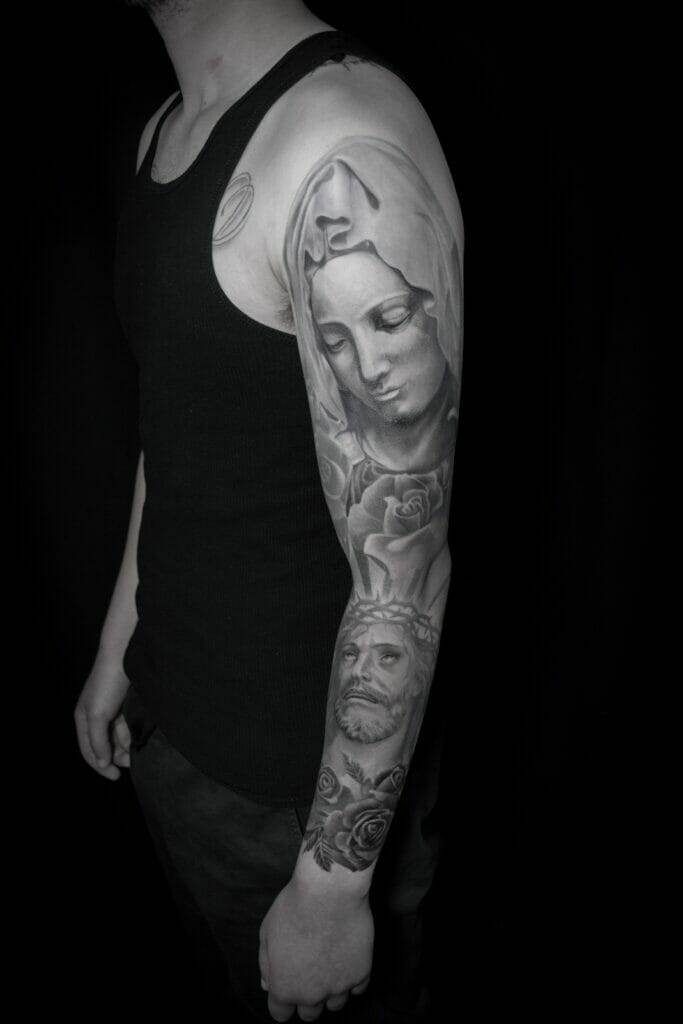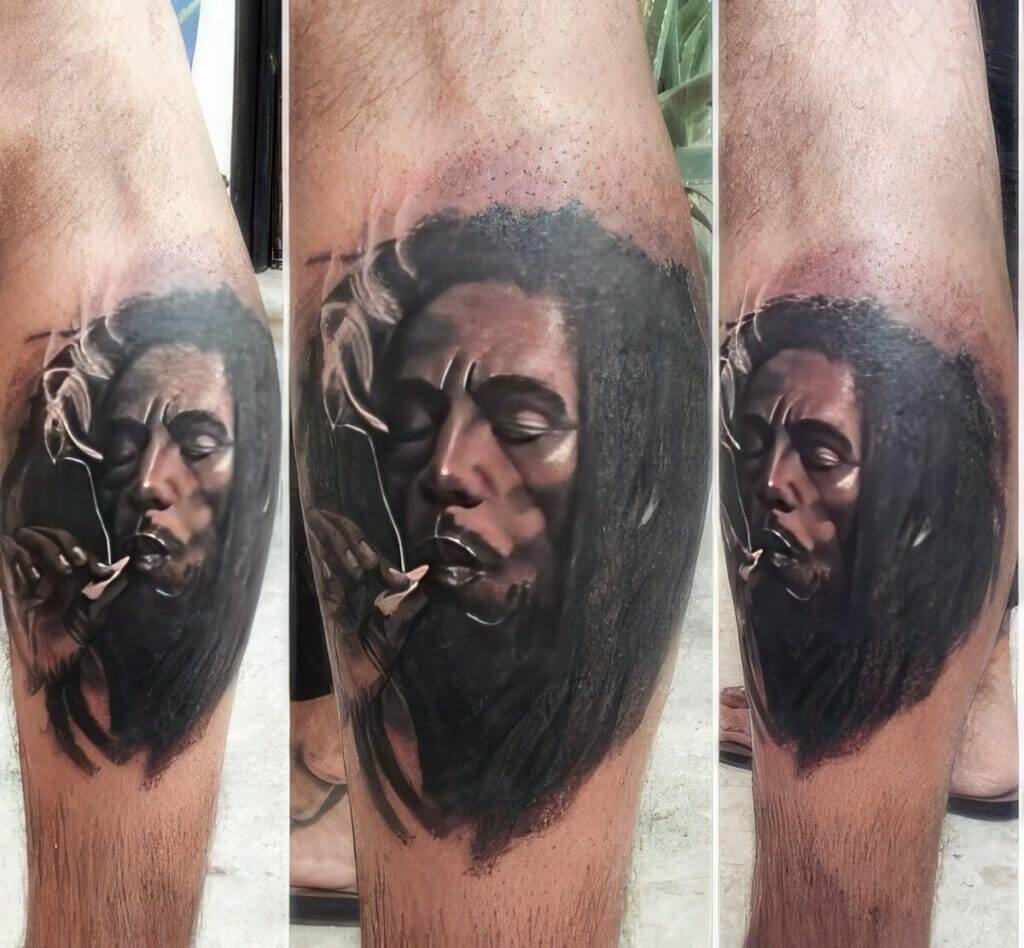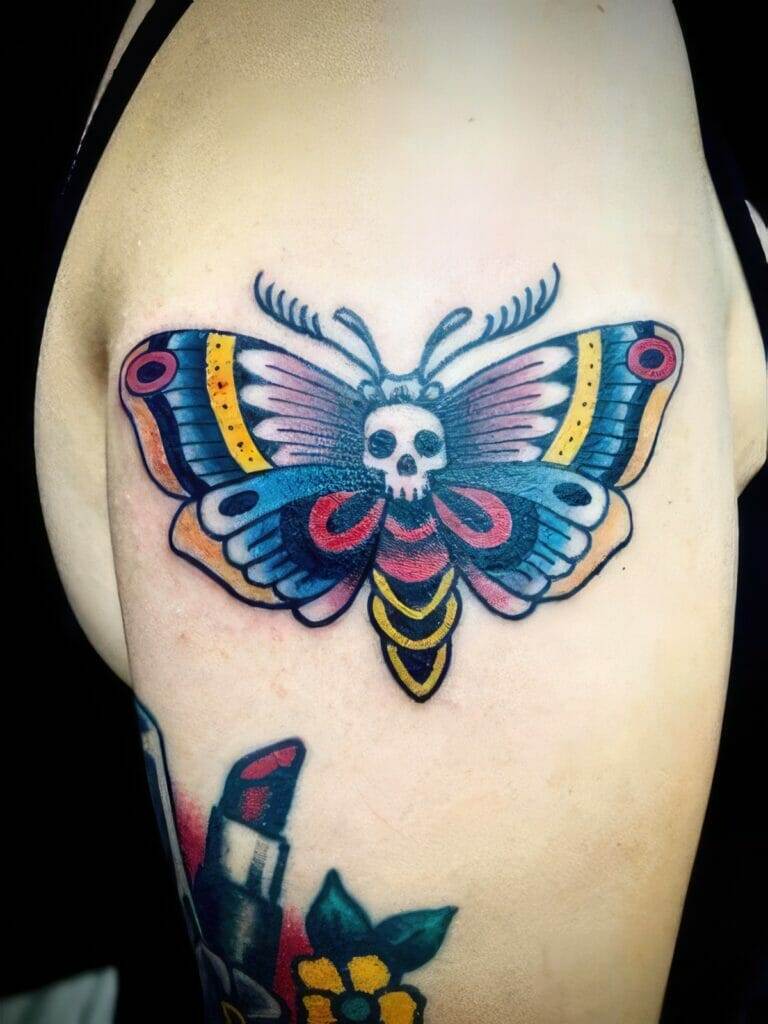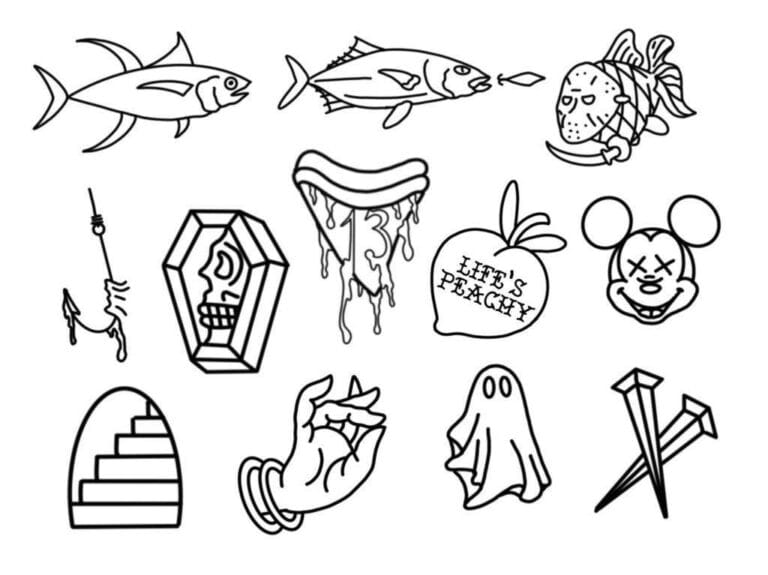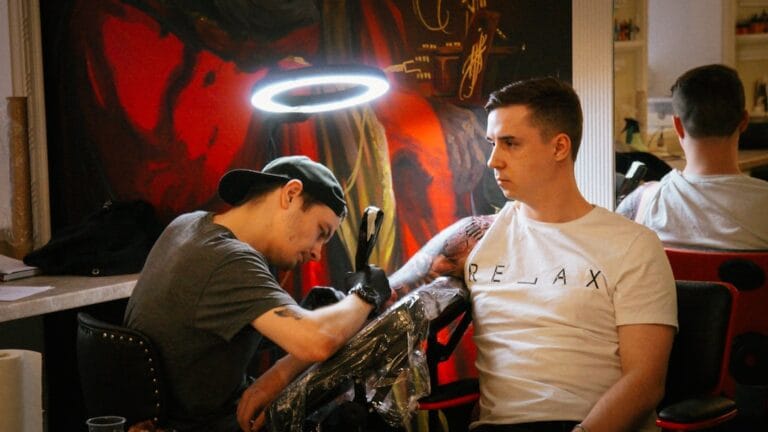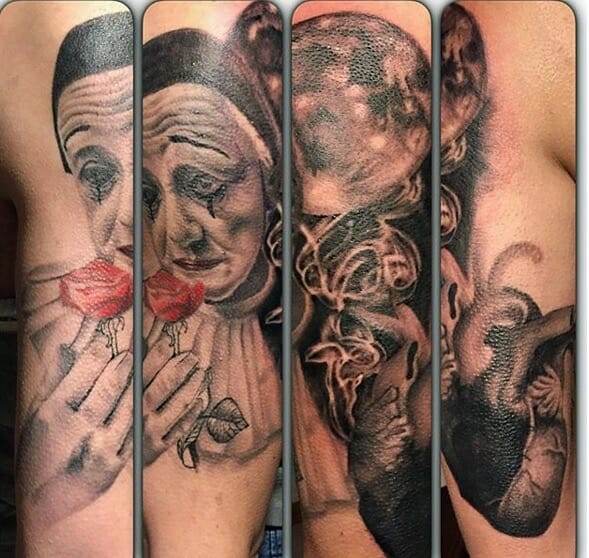
Portraiture tattoos have become increasingly popular in recent years, as more and more people seek to immortalize their loved ones or personal heroes on their skin. These tattoos are not just a likeness of a person’s face, but also a representation of their personality and character. The art of portraiture in tattooing requires immense skill and talent, as tattoo artists strive to bring faces to life on the canvas of the human body. In this article, we will explore the importance of capturing the essence of a person in a tattoo, the challenges faced by tattoo artists in creating realistic portraits, and the evolution of portraiture in tattooing.
The Importance of Capturing the Essence of a Person in a Tattoo
Portraiture tattoos go beyond simply replicating a person’s physical features. They aim to capture the essence of a person, their personality, and their character. A well-executed portrait tattoo can evoke emotions and memories, serving as a constant reminder of the person being depicted. Whether it is a tribute to a loved one who has passed away or a celebration of someone’s achievements, these tattoos hold deep meaning for the wearer.
The Role of Tattoo Artists in Bringing Faces to Life
Creating realistic and lifelike portraits on the human body requires immense skill and talent. Tattoo artists must possess an understanding of facial anatomy, as well as the ability to capture subtle details that make each face unique. They must also have a keen eye for shading and color, as these elements play a crucial role in creating depth and dimension in portrait tattoos.
Tattoo artists often spend years honing their craft and perfecting their technique before attempting portrait tattoos. They study various styles and techniques, learning from masters in the field and constantly pushing themselves to improve. It is through their dedication and passion that they are able to bring faces to life on the skin, creating lasting works of art.
The Challenges of Creating Realistic Portraits in Tattooing
Creating a realistic portrait tattoo presents several challenges for tattoo artists. One of the main difficulties is achieving accurate proportions. Faces are complex structures, and even the slightest deviation from the correct proportions can result in an inaccurate likeness. Tattoo artists must carefully measure and map out the face before beginning the tattoo, ensuring that every feature is in the right place.
Another challenge is capturing the subtle nuances of facial expressions. A slight change in the angle of an eyebrow or the curve of a smile can completely alter the overall expression of a face. Tattoo artists must pay close attention to these details and recreate them faithfully on the skin.
Shading is another crucial aspect of creating realistic portraits. Tattoo artists must have a deep understanding of light and shadow, as well as the ability to translate these concepts onto the skin. Achieving realistic shading requires a delicate touch and a keen eye for detail.
The Evolution of Portraiture in Tattooing: From Traditional to Realism
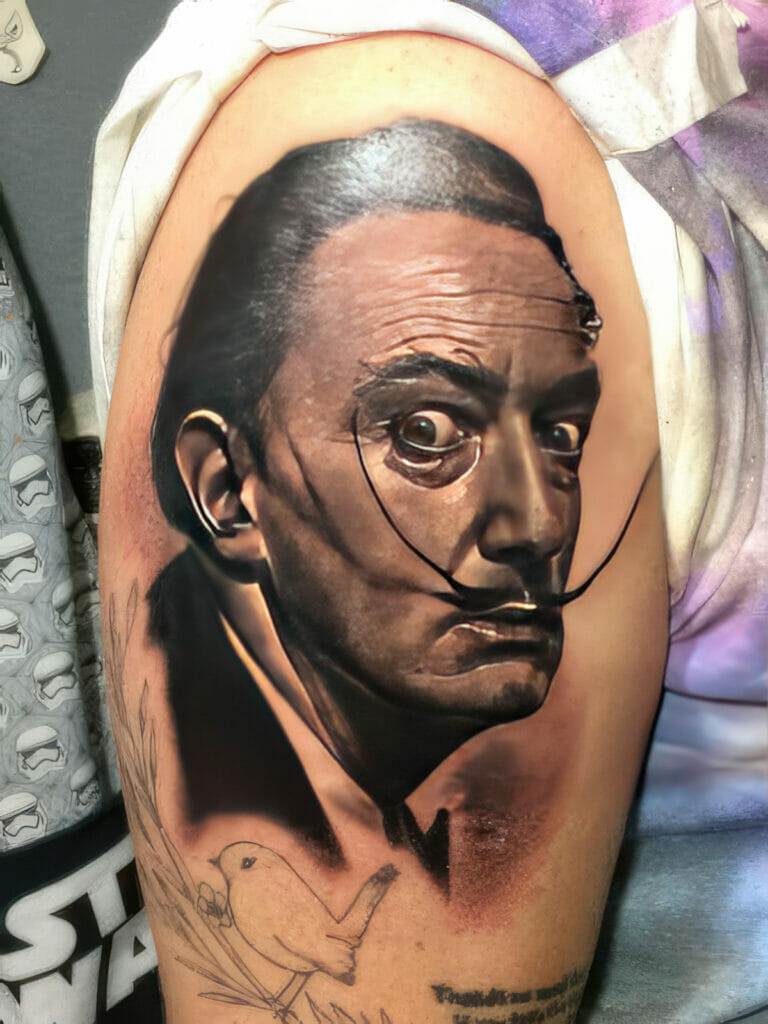
Portraiture tattoos have a long history, dating back to ancient times. In traditional tattooing, portraits were often stylized and simplified, with bold lines and limited color palettes. These tattoos were more symbolic representations of individuals rather than realistic depictions.
However, with advancements in tattooing techniques and equipment, artists have been able to push the boundaries of what is possible in portraiture tattoos. The rise of realism in tattooing has allowed for incredibly detailed and lifelike portraits to be created on the skin. Artists now have access to a wide range of colors and shading techniques, allowing them to capture even the most subtle details.
The Process of Creating a Custom Portrait Tattoo
Creating a custom portrait tattoo is a collaborative process between the client and the tattoo artist. It begins with a consultation, where the client discusses their vision for the tattoo and provides reference photos of the person they want to be depicted. The tattoo artist will then assess the feasibility of the design and make any necessary adjustments.
Once the design is finalized, the tattoo artist will begin the process of transferring the image onto the skin. This may involve creating a stencil or freehand drawing directly onto the skin. The tattoo artist will then carefully outline the design and begin adding shading and color.
The process of creating a custom portrait tattoo can take several sessions, depending on the size and complexity of the design. Throughout the process, clear communication between the client and the tattoo artist is essential to ensure that the final result meets the client’s expectations.
The Importance of Communication between the Client and the Tattoo Artist
Clear communication between the client and the tattoo artist is crucial in creating a successful portrait tattoo. The client must be able to effectively communicate their vision for the tattoo, providing reference photos and explaining any specific details they want to be included.
On the other hand, the tattoo artist must be able to understand and interpret the client’s vision, offering their expertise and guidance throughout the process. They may make suggestions for improving the design or offer alternative ideas that better suit the client’s desired outcome.
Regular check-ins and open lines of communication are essential throughout the tattooing process. This ensures that both parties are on the same page and that any adjustments or changes can be made in a timely manner.
The Significance of Lighting and Shadow in Portraiture Tattoos
Lighting and shadow play a crucial role in creating depth and dimension in portrait tattoos. Tattoo artists must have a deep understanding of how light interacts with different surfaces and how it affects the appearance of facial features.
By strategically placing highlights and shadows, tattoo artists can create a three-dimensional effect on a two-dimensional canvas. This gives the illusion of depth and brings the portrait to life on the skin.
The Use of Color and Texture in Portraiture Tattoos
Color and texture can greatly enhance the realism and emotional impact of a portrait tattoo. Tattoo artists must carefully select colors that accurately represent the skin tones and features of the person being depicted. They must also consider the overall composition of the tattoo and how different colors will interact with each other.
Texture is another important element in portraiture tattoos. Tattoo artists must be able to recreate the texture of skin, hair, and other facial features, such as wrinkles or scars. This attention to detail adds another layer of realism to the tattoo and helps to capture the essence of the person being depicted.
The Emotional Impact of Portraiture Tattoos on Clients and Their Loved Ones
Portraiture tattoos have a profound emotional impact on both the wearer and their loved ones. For the wearer, these tattoos serve as a constant reminder of someone they hold dear or as a celebration of their own identity. They can provide comfort, strength, and a sense of connection to the person being depicted.
For loved ones, portrait tattoos can be a powerful tribute to someone who has passed away or a way to honor someone’s achievements or impact on their life. These tattoos can serve as a source of comfort and a way to keep memories alive.
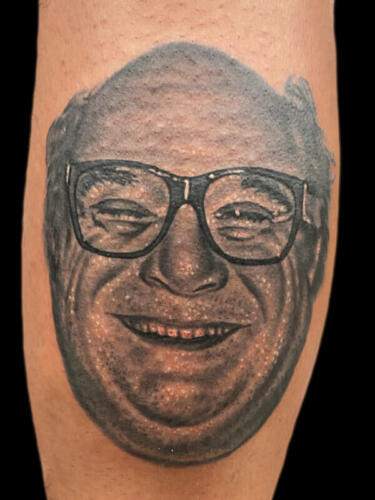
The Enduring Power of Portraiture Tattoos
In conclusion, portraiture tattoos are more than just a likeness of a person’s face. They are a representation of their essence, capturing their personality, character, and emotions. Tattoo artists play a crucial role in bringing faces to life on the skin, using their skill and talent to create realistic and lifelike portraits.
Creating a portrait tattoo presents several challenges, from achieving accurate proportions to capturing subtle details and shading. However, advancements in tattooing techniques have allowed for incredibly detailed and lifelike portraits to be created on the skin.
Portraiture tattoos have a profound emotional impact on both the wearer and their loved ones. They serve as a constant reminder of someone they hold dear or as a celebration of their own identity. These tattoos have the power to evoke emotions, provide comfort, and keep memories alive for generations to come.


